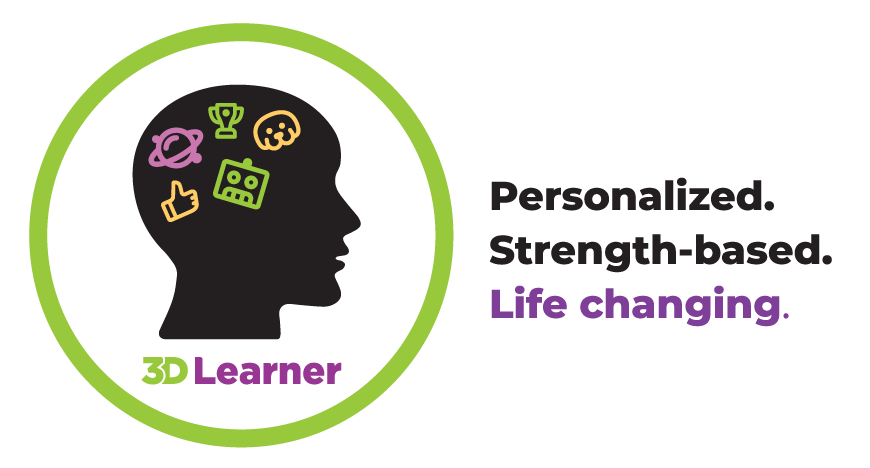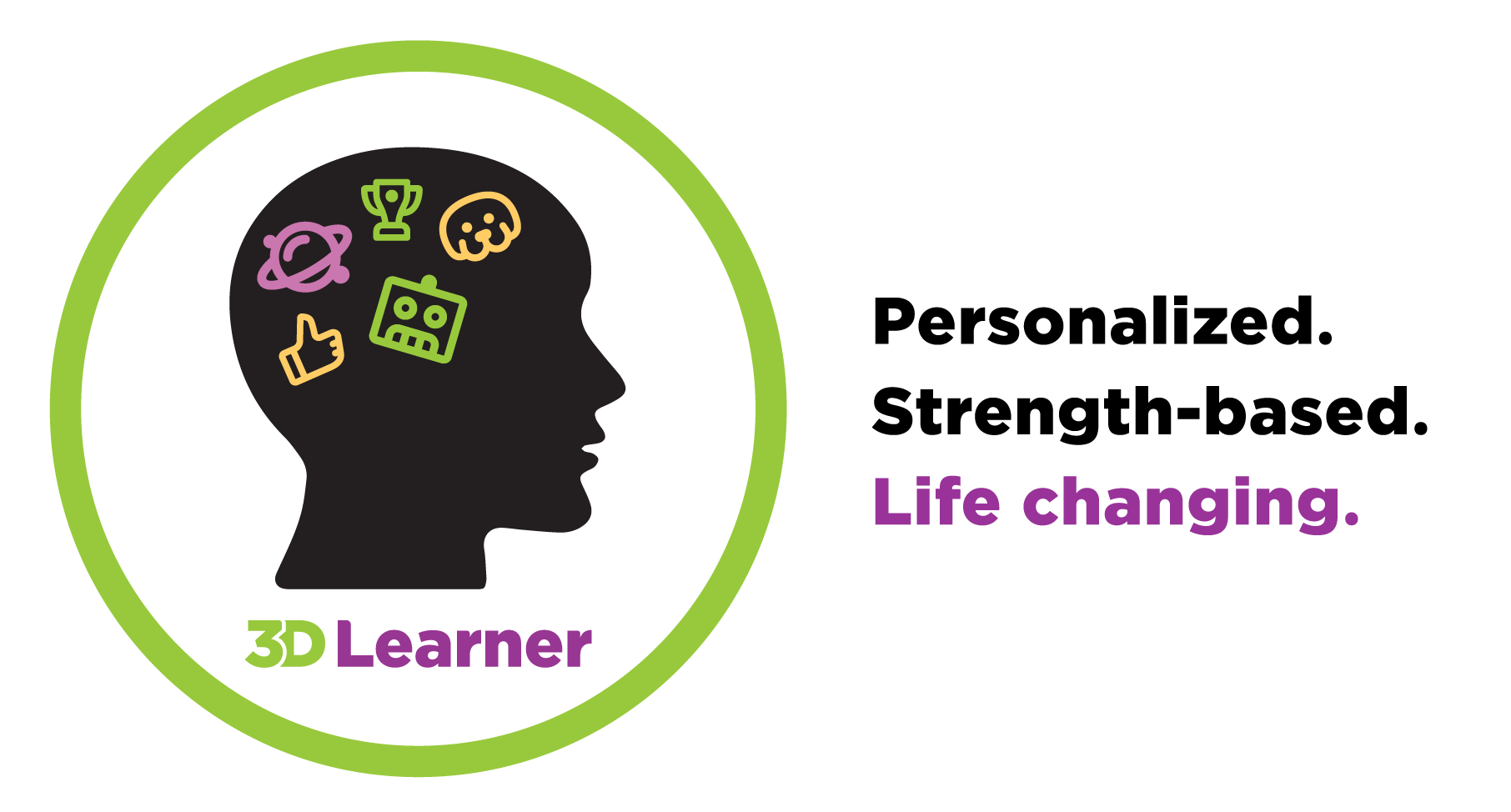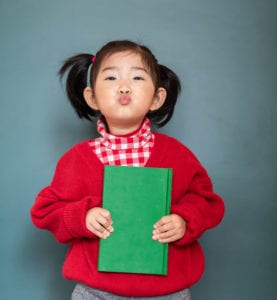Thank you for taking the quiz.
You will be receiving your custom results by email.
A reminder to put info@3DLearner.com in your contact list so your results don’t end up in your spam folder. If you don’t receive your results within an hour, check your spam folder or call 561-361-7495
Watch One Mom’s Journey to 3D Learner. Jen describes her search for help with her daughter’s educational challenges. Spoiler alert: her happy ending was facilitated by 3D Learner.
What is a Visual Learner?
We reference Visual Learners, but what exactly do we mean by someone being a Visual Learner? Read below to learn more about the strengths and challenges of this learning style.
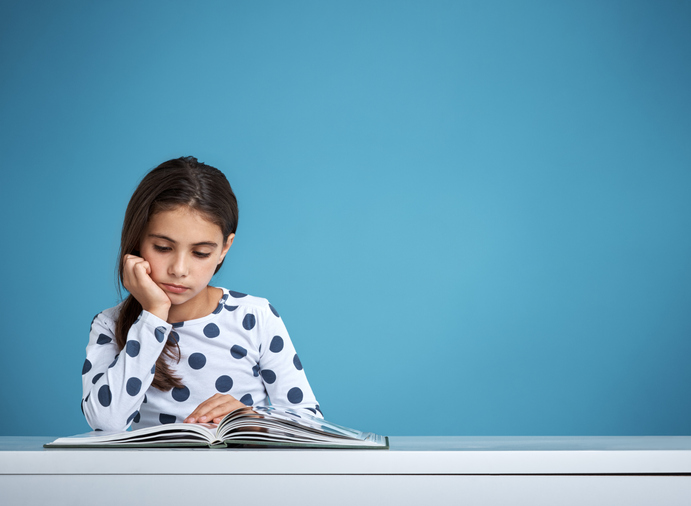
A visual learner is a student who learns best when he or she sees and experiences information.
The visual learner is likely to have a combination of strengths and challenges that are often but not always present.
Their strengths might include:
- An uncanny ability to remember places they have been, even from years ago
- They are excellent at remembering experiences
- When information is hands-on and engaging, they can learn quickly
- They can often understand books when they are read to or when they hear audio books
- They can hyper-focus on what interests them
- They may have great imagination and visualization skills
- Good peripheral vision
- Sensitive to older people and younger kids
- Can sometimes solve the most complex problems
- Often appear to be quite smart when discussing an area they are familiar with
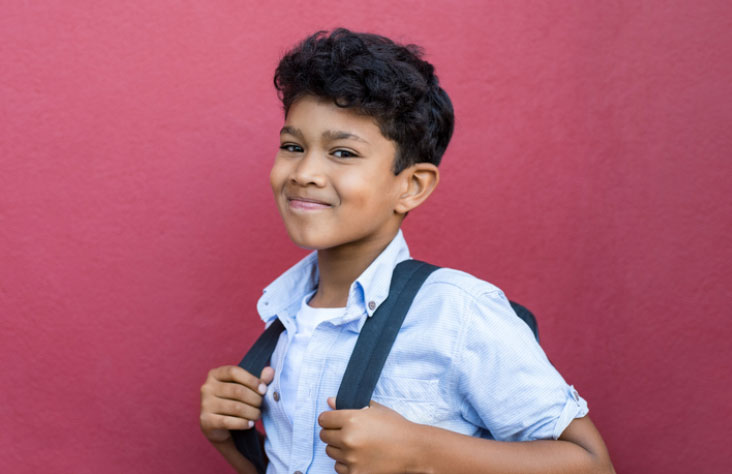
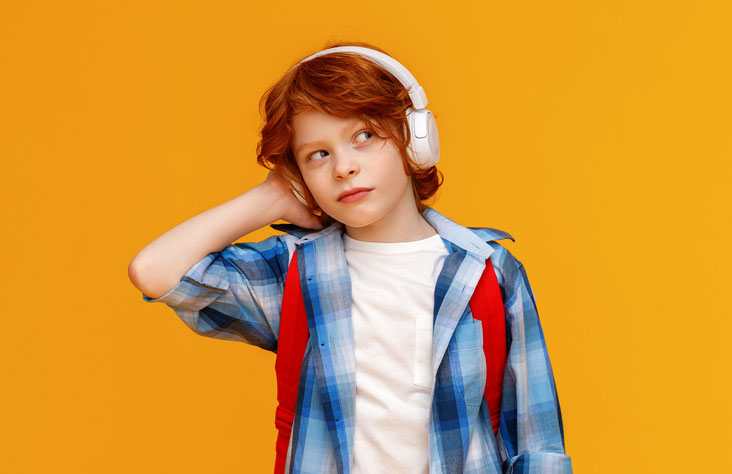
Their weaknesses might include:
- Difficulty with reading comprehension, writing and math word problems-difficulty transferring the words to picture
- Inconsistent spelling and problems with math facts, due to learning to use their visual memory
- Creatively avoid reading silently
- Word recognition
- Sight word vocabulary
More likely to have problems with:
- Phonics and phonemic awareness
- Eye-teaming and visual processing issues
- Attention to information they perceive as boring
- Working memory skills
- Processing speed
- Anxiety
- “Flight or fight”
“Picture thinkers want life to be upbeat. They love humor, fun, excitement, and challenge. They are affronted by dullness and drudgery and will often sabotage a dreary atmosphere, creating excitement of some sort. They were usually happy, cheerful, fun-loving bon vivants as toddlers. Just as then, they have boundless curiosity, are natural explorers, and delight in discovery and excitement.”
Dr. Silverman
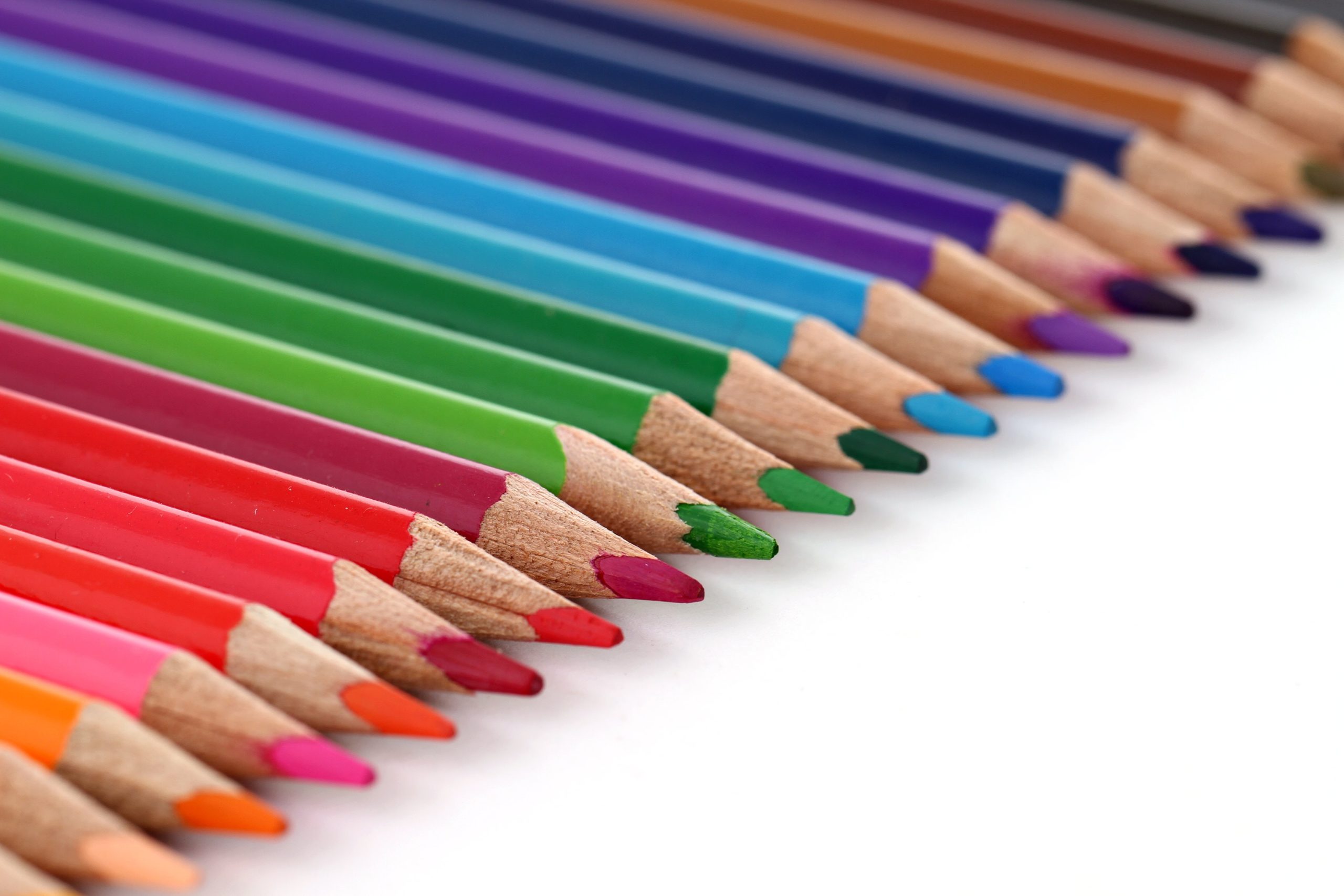
Imagination
Visual learners think in pictures—often very vivid, creative imaginations. These are often movies with a lot of action and movement. If taught to use these abilities, reading and learning for them is easy. If they are taught early to “shut it down” to learn NOT using these skills, they can often struggle. They are not confident in their “new” skill and have lost confidence in their natural skill.
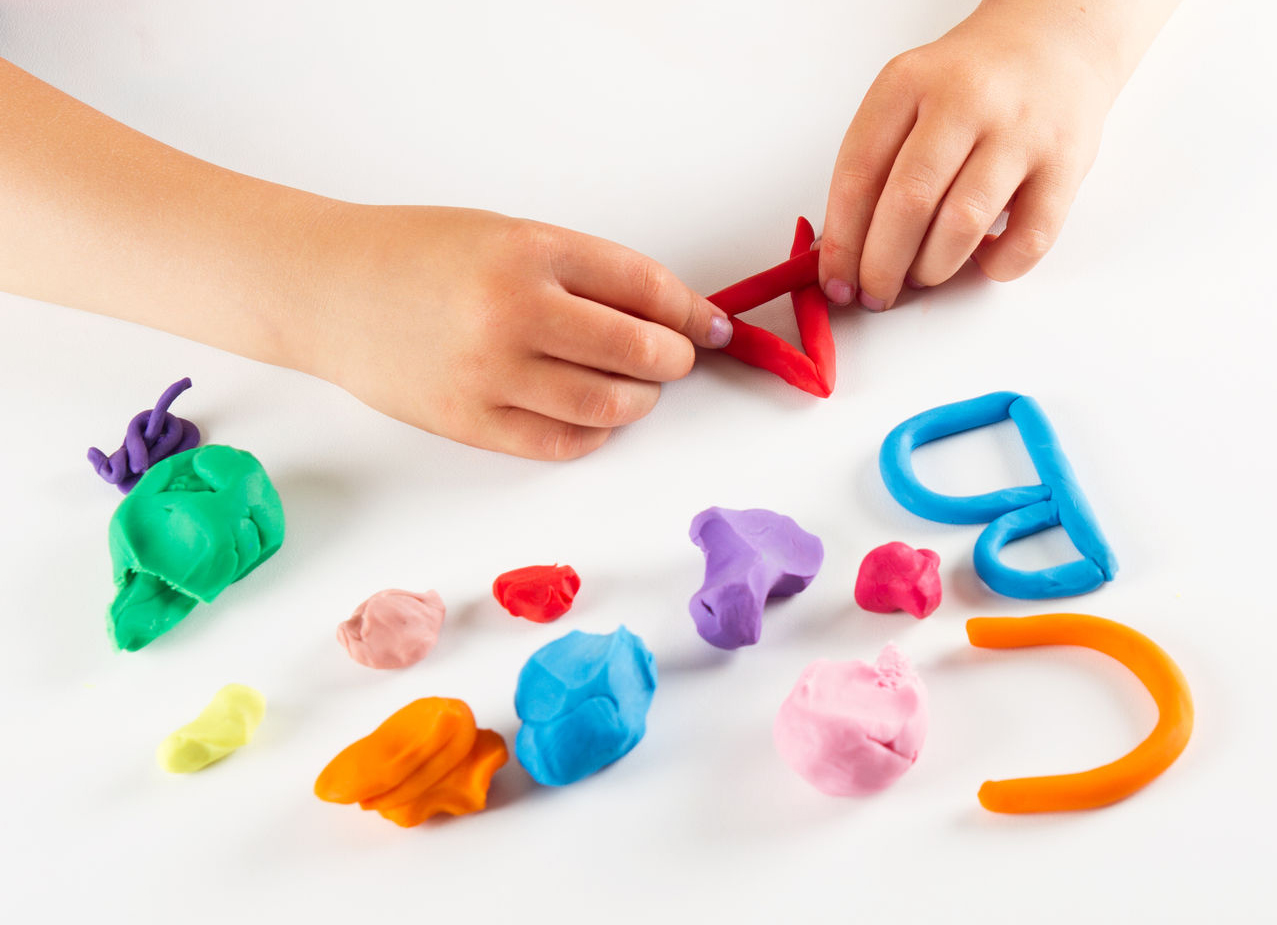
Goal Setting
They are whole- to part learners—they need to see the “big picture”. Once they connect and understand what the end result is to look like , they can go back to fill in details. This is especially true when writing. They need to draw out the entire paper and then go back and build it. Goal setting is extremely important for Visual Learners.
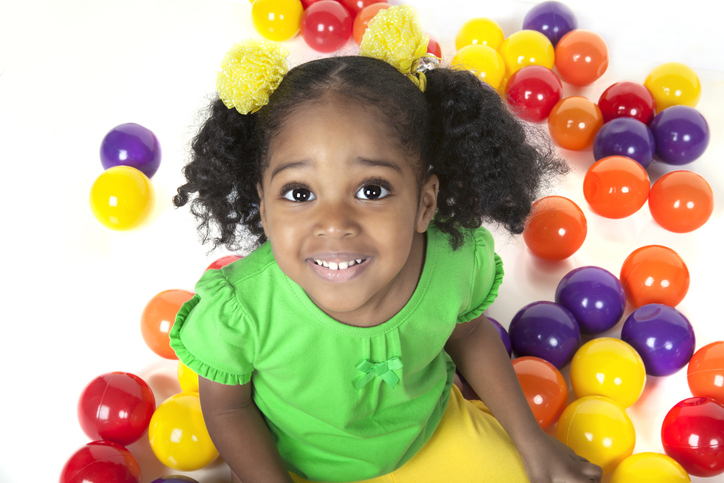
Patterns & Relationships
Seeing patterns and relationships and how things go together—Great builders and Lego® builders, but beyond that, they “see” personal relationships as well. They have a “7th sense” about people and emotions. Some can be emotional and sensitive themselves, but they are very sensitive about others, and those who are “wronged”- a strong sense of justice. It is possible that they misread others emotions if spoken to – they are very aware of tone of voice and body language.
